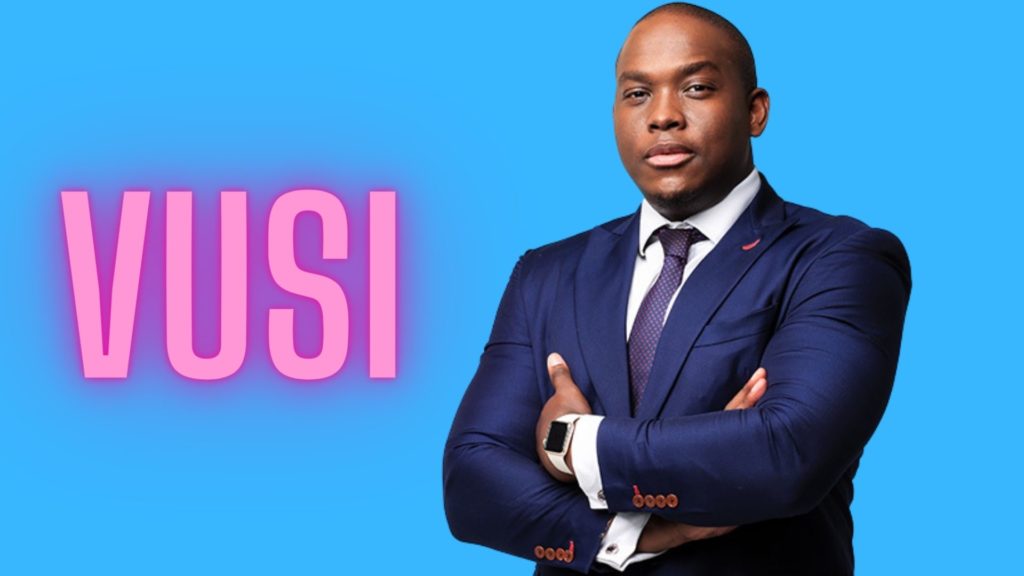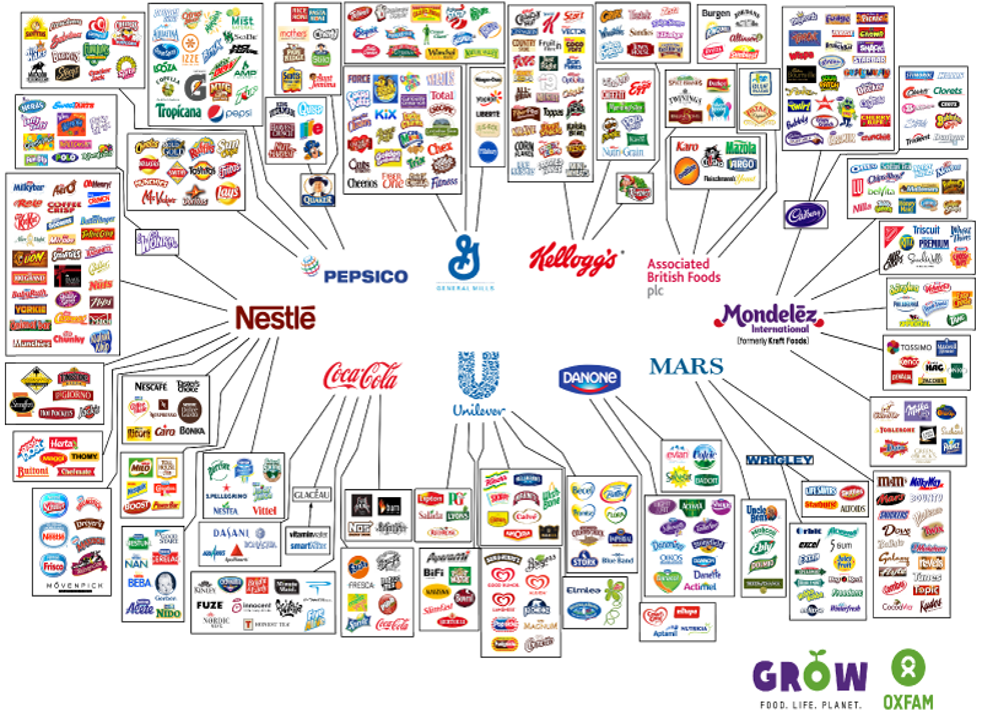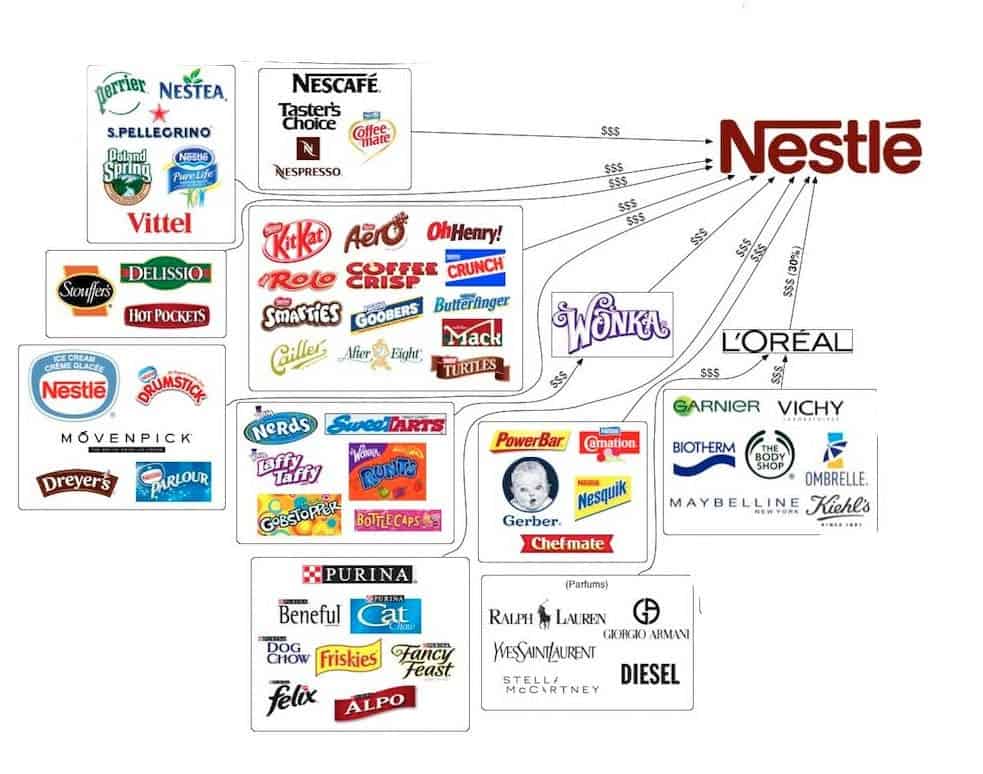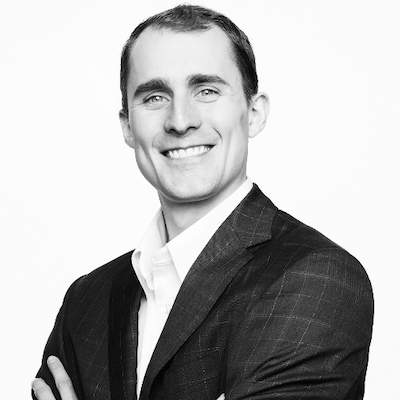
Vusi Thembekwayo Describes the 3 Types of Businesses
Vusi Thembekwayo Describes the 3 Types of Businesses https://csuiteold.c-suitenetwork.com/advisors/wp-content/uploads/sites/5/2021/10/Vusi-1024x576.jpg 1024 576 Tyler Hayzlett https://secure.gravatar.com/avatar/d6f7f281e5635ce5ce7e903b02a021a9?s=96&d=mm&r=gHow well, do you really know the market you serve? It sounds like one of those dumb, cryptic, things marketing people like to ask.
But according to Vusi Thembwayo, most companies don’t really know who they’re actually competing against. Or who we should be.
Who is Vusi Thembekwayo?
In short, Vusi is widely regarded as one of the most disruptive and influential forces in venture capital in Africa.
He was amongst the youngest directors of a publicly listed company in South Africa and now serves on several corporate boards.
Currently, he’s the CEO of a boutique investment & advisory firm in Africa. Leading by example, his firm forces medium, large and listed businesses into much needed, often painful, always lucrative new directions.
Having graced the covers on Entrepreneur Magazine, Forbes and Inc500, his social media engagement often mirrors that of a Rockstar dressed in a $3K suite.
Professional accomplishments aside, he’s also more informally known as Aftrica’s biggest champion for spreading entrepreneurship on the continent.

He Hosts a Popular MasterClass on YouTube
Vusi has become famous to entrepreneurs around the world because he hosts an insanely valuable Masterclass. They tackle the hardest challenges facing entrepreneurs today. For free.
He broadcasts the videos to YouTube to allow anyone interested in honest feedback on how to grow a business.
The most common comments on his channel are: “I actually can’t believe this content is free.”
You can follow him on YouTube here.
This Will Change How You View Your Industry
During on of his Mastermind events, Vusi shared that most entrepreneurs compete at an entry level way. Because we assume that our market, is the literal niche marketplace we’re currently selling to.
There is however, another way of looking at your business to scale better, and faster.
To understand what level this is, and how to get there, one needs to understand the value chain of their industry.
WATCH:
For a full explanation you can watch this lesson from Vusi himself in his MasterClass. Just skip to minute 5:06 to get to the good stuff.
Meet the 3 Different Types of Business Owners
The biggest lesson to learn from Vusi is how to move up the value chain to “own” more of the supply chain and not just compete inside of it.
Vusi explains there are 3 types of business owners, and most of us are trained to think like 1st and 2nd time business owners.
The First-Time Business Owner
The first-time business owner focuses all of their efforts on improving and perfecting the product. But what the first time business owner doesn’t know is that the product worth nothing if you can’t actually sell it in mass.
Second-Time Owner
The second-time business owner having already experience this focuses instead on marketing and distribution, dramatically increasing their chances of success and survival.
Create Wealth By Owning the Value Chain!
But what the second-time business owner still doesn’t know, is that even if they got really good at distribution, they still work the third-time business owner.
The Third-Time Owner
The third-time business owner doesn’t focus on product or distribution. They move even farther upstream and provide a majority of all of the core goods and services the first 2 business owners needs to be operational.
Overtime by owing part of in the supply chain the third-time business owner can afford to buy business owner 1 and 2 (and all of their competitors).
This will show you why the biggest brands in the world, don’t have to do ANY marketing.
This Might Actually Blow Your Mind!
Oxfam created a pretty shocking infographic on the consolidation of the food industry industry a few years go.
In it you can get a sense for how massive the scale of production is to be a controller of the inputs to the products that are sold at mass. If you can afford it, it’s far more lucrative to sell core goods to the market than compete as a brand inside of it.
These 10 Companies Alone Make All the Food We Buy

Holy Nestle That’s a Lot of Cash
Nestle, the quant little Swiss multinational food and drink conglomerate is now the largest food company in the world pulling in an annual revenue of around $91.4 billion.
How did they afford to buy all these brands? The built the largest dairy company in the world and bought them.

Meet the Brands that Generate $64.66 billion for PEPSICO
PEPSICO was founded in 1965 when Pepsi CEO Don Kendall, and Frito-Lay CEO Herom Lay, sketched the deal on the back of a napkin to agree to combine companies in order to take get take over the growing larger snack industry.

They unlocked a new brand new market long before Blue Ocean Strategy became a thing.

Unilever’s Little $51 Billion Empire
Unilever started in on September 2, 1929 wither the merger of the Dutch margarine producer (Margarine Unie) and a British soap maker (Lever Brothers). Rub the names together and you get Unilever.
Joining forces they were able to increasingly diversified and supply a bigger market.

Conclusion
Know all the players in your business. This means you should understand the whole process, or the entire value chain.
For long-term planning, how can you partner with acquire a new business to put you into a much larger marketplace?
Visit your venders and get to know their business. This is a sign of a seasoned entrepreneur – they build great networks.




